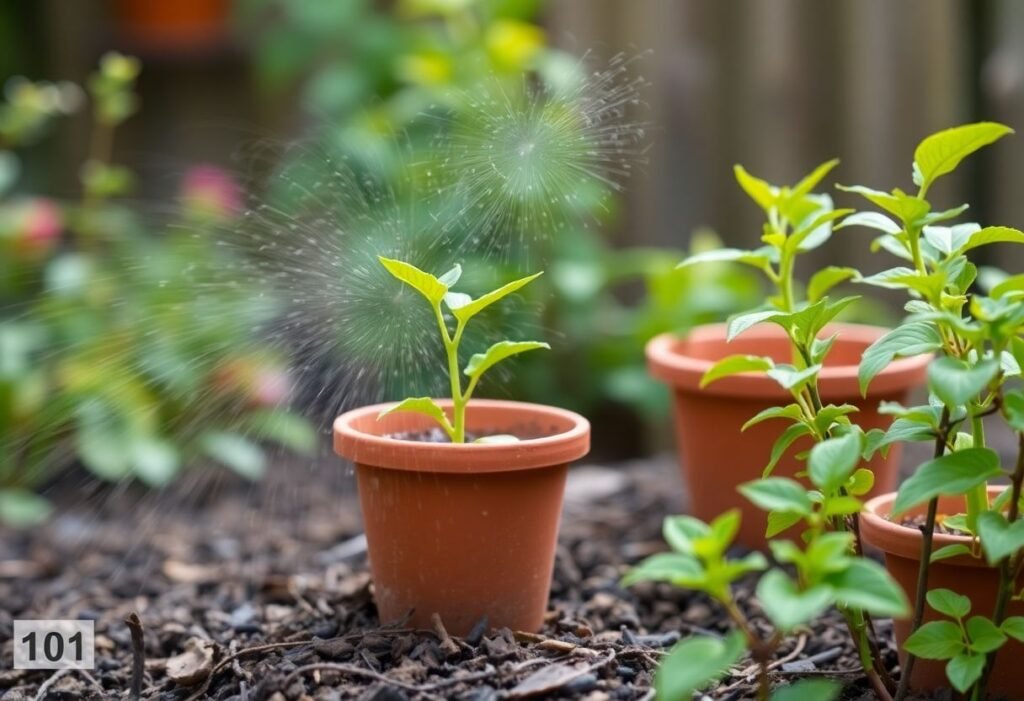The Importance of Repellents for Plant Health
Repellents for plants are not just a good gardening practice; they are a vital component in ensuring the well-being of our green goodies. Repellent for plants protects them from insects that can cause significant damage. Many of these pests, like aphids and spider mites, feed on plant sap, leading to plant decay and disease spread.
Types of Natural Repellents
When discussing repellents, it’s essential to focus on natural options. A repellent for plants made from readily available ingredients such as garlic or chili can be a powerful tool. A mixture of water and lemon juice is also an effective way to deter pests from our plants. However, remember that natural solutions require regular application.
Creating Homemade Plant Repellents
Making your own plant repellents is a great way to save money and adopt a health-conscious approach to garden protection. You can easily whip up a repellent for plants using items you already have at home. A simple mixture of water, soap, and vegetable oil can produce an effective spray. It’s worth noting that utilizing such mixtures should be done out of direct sunlight to avoid burning your plants.
Eco-Friendly Commercial Repellents
If you’re short on time to make your own solutions, there are ready-made eco-friendly repellent for plants available in stores. It’s wise to choose those with positive reviews and sourced from environmentally friendly materials. Protecting the environment and the health of our plants should go hand in hand.
How to Use Plant Repellents Effectively
For repellents to work effectively, they must be applied thoughtfully. A repellent for plants should be regularly applied, especially after rain, which can wash away sprays from leaves. Also, pay attention to weather conditions—applying them early in the morning or late in the evening when the sun isn’t too intense is ideal.
The Impact of Repellents on Plant Health
Sometimes, using repellents can seem extravagant; however, their proper use can significantly affect the health of your plants. The right repellent for plants not only prevents pest attacks but also protects against fungal and bacterial diseases.
Safe Testing Methods for Repellents
Before applying a new repellent for plants widely, test it on a small area of the plant. Observe for a few days to ensure it doesn’t provoke any adverse reactions. This simple and effective method will help you avoid severe garden dilemmas.
Conclusion
In conclusion, proper protection is crucial for the health of your plants. A repellent for plants is not just a protective agent but a way to preserve life in our limited ecosystem. I encourage you to try your hand at homemade solutions as well as to make conscious choices regarding commercial products that prioritize environmental friendliness.
Disclaimer
The recommendations in this article are informational only. Always consult an expert before applying any protective substances in your garden.

















